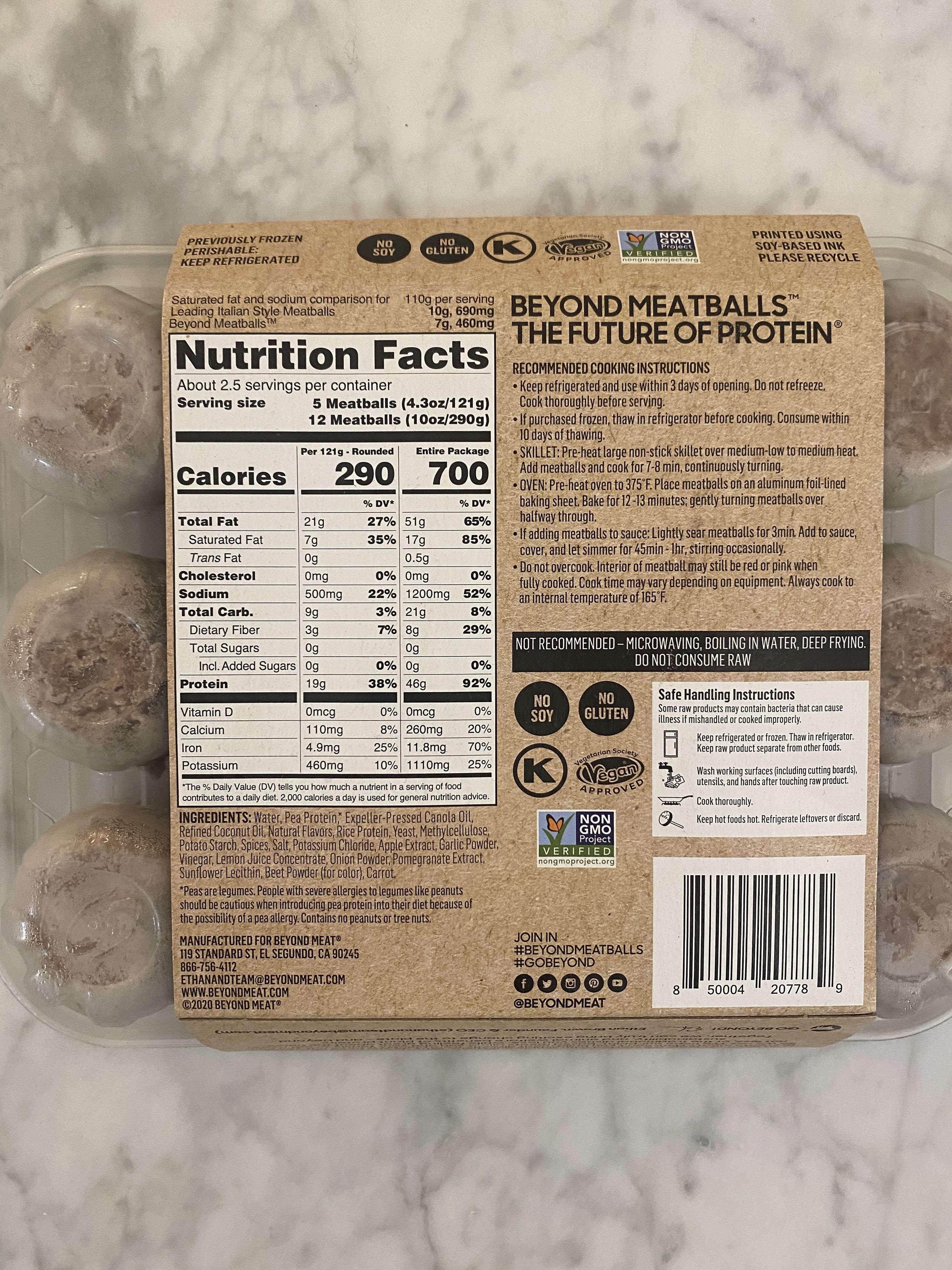

After about four days, the fungi is ready to be harvested at a rate of two tons every hour for the next 30 days. Quorn’s mycoprotein is brewed in 150,000-liter fermenters which shuttle the fungi in constant loop-de-loops while they feed on a sugar solution made from wheat.

For 20 years, Marlow Foods held patents over the fermentation process used to produce Quorn, and although those patents are now expired, the company has had a big head start in producing mycoprotein at an industrial scale. Its current owner is Monde Nissin Corporation, a Philippines-based firm that manufactures noodles, crackers, and a jelly-based drink marketed as a way to protect against stress.ĭespite its somewhat underloved status, Quorn has maintained a near-monopoly on mycoprotein production. The business didn’t make a profit until 1998, and over the decades the brand bounced between big food conglomerates and private equity groups. “There was no real sense of the issues around food security and that we needed solutions-we needed healthy new proteins with a low environmental impact,” he says. “This was very much a core vegetarian food,” says Tim Finnigan, who joined Marlow Foods, the company that makes Quorn, in 1988. Mushrooms are the fleshy aboveground body of a fungus, but mycoprotein is usually made out of the rootlike threads that live below the ground.) (A quick word on definitions: Fungi is a broad group that includes mushrooms, yeasts, and molds. Instead this mycoprotein was referred to by its brand name: Quorn. By 1985 this mycoprotein was approved for sale, but the first products-a trio of savory pies-studiously avoided mentioning fungi on their packaging. It grew easily in fermenters, turning into a relatively flavorless hunk of high-protein food called mycoprotein. The fungus-later identified as *Fusarium Venenatum*-fitted Rank’s requirements perfectly. Rank’s scientists analyzed more than 3,000 different fungi, but on April 1, 1968, they found what they were looking for in a compost heap in a village just south of High Wycombe in England. Arthur Rank was looking for a way to turn all his excess wheat into protein for human consumption.
#Beyond meat ingredients mushroom free movie#
In the mid-1960s, a British movie mogul turned flour baron named J. The fungi renaissance is here- and a clutch of startups are ready to take this much-misunderstood food to a whole new level. This story originally appeared on WIRED UK.įancy burgers might be the current stars of the alternative protein scene, but a much more humble foodstuff is getting ready for its moment in the spotlight.


 0 kommentar(er)
0 kommentar(er)
